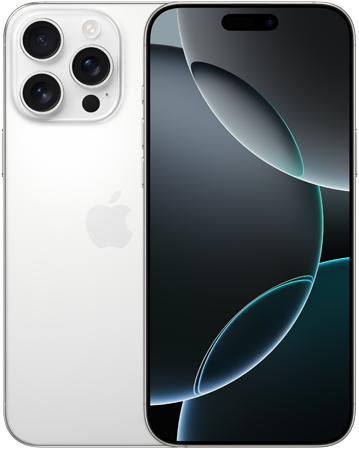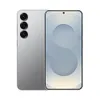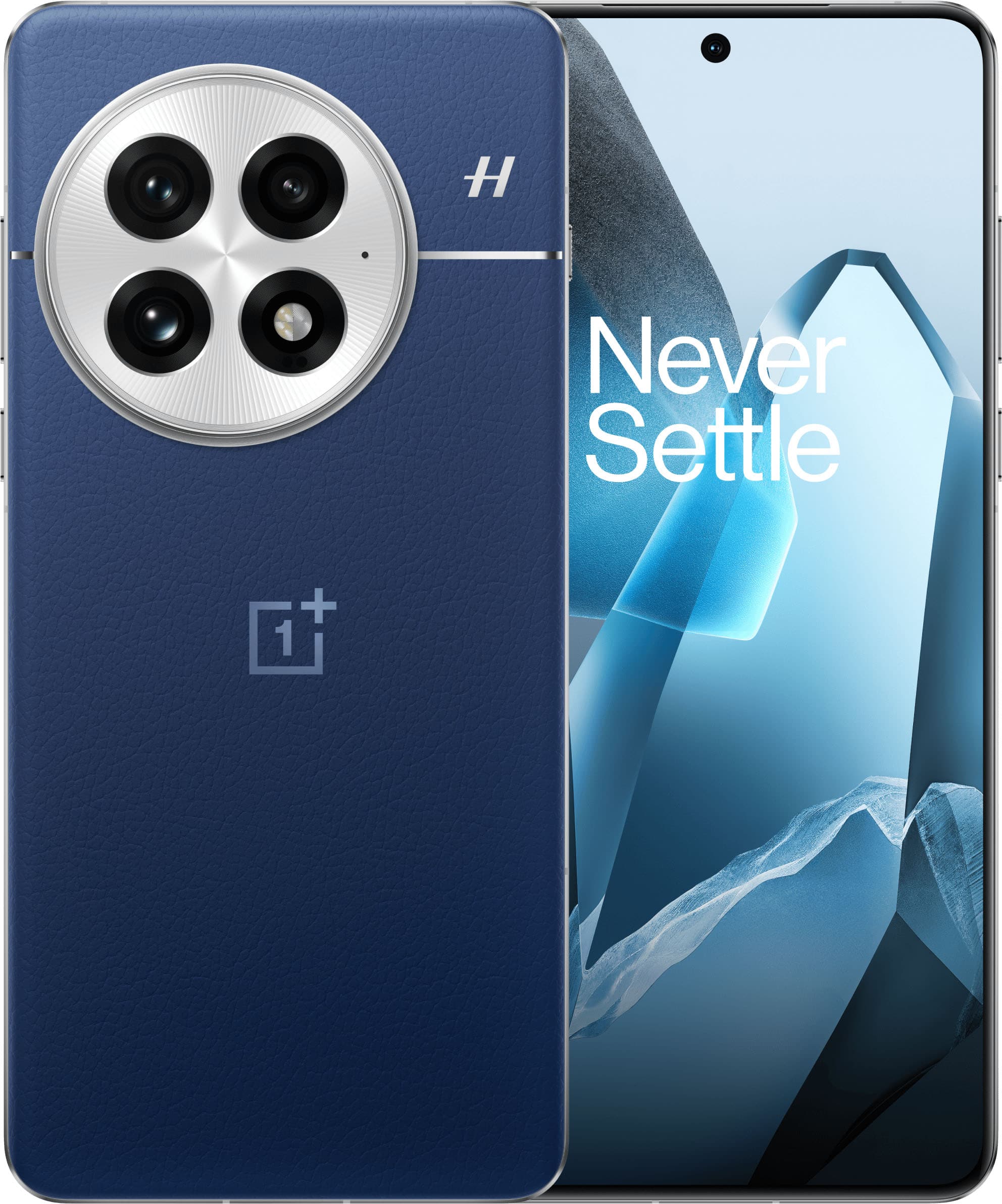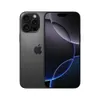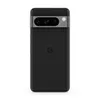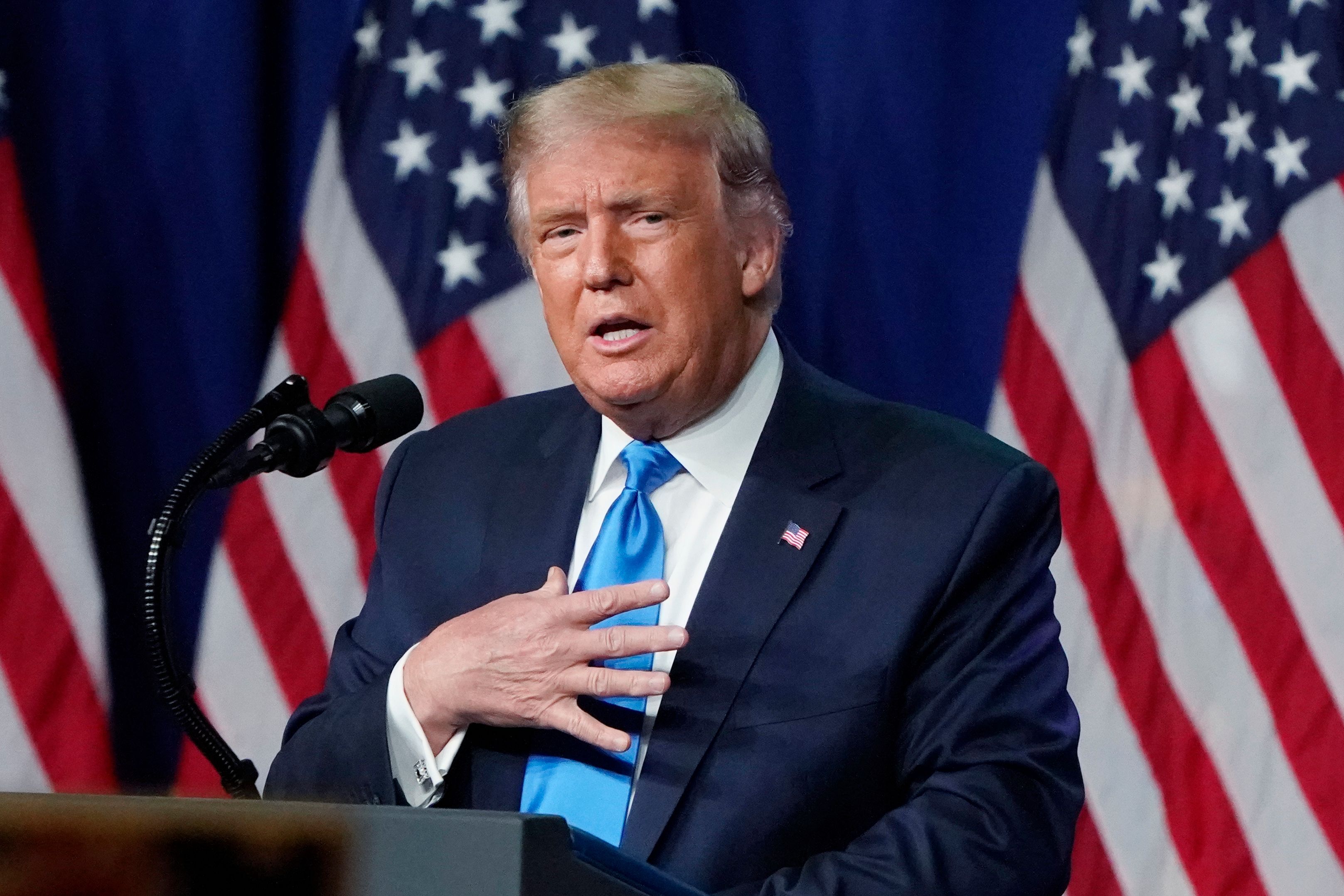I covered Samsung's Galaxy S25 launch and I saw 5 things Apple should learn for its iPhone releases
What to do — and what not to do — when rolling out new phones
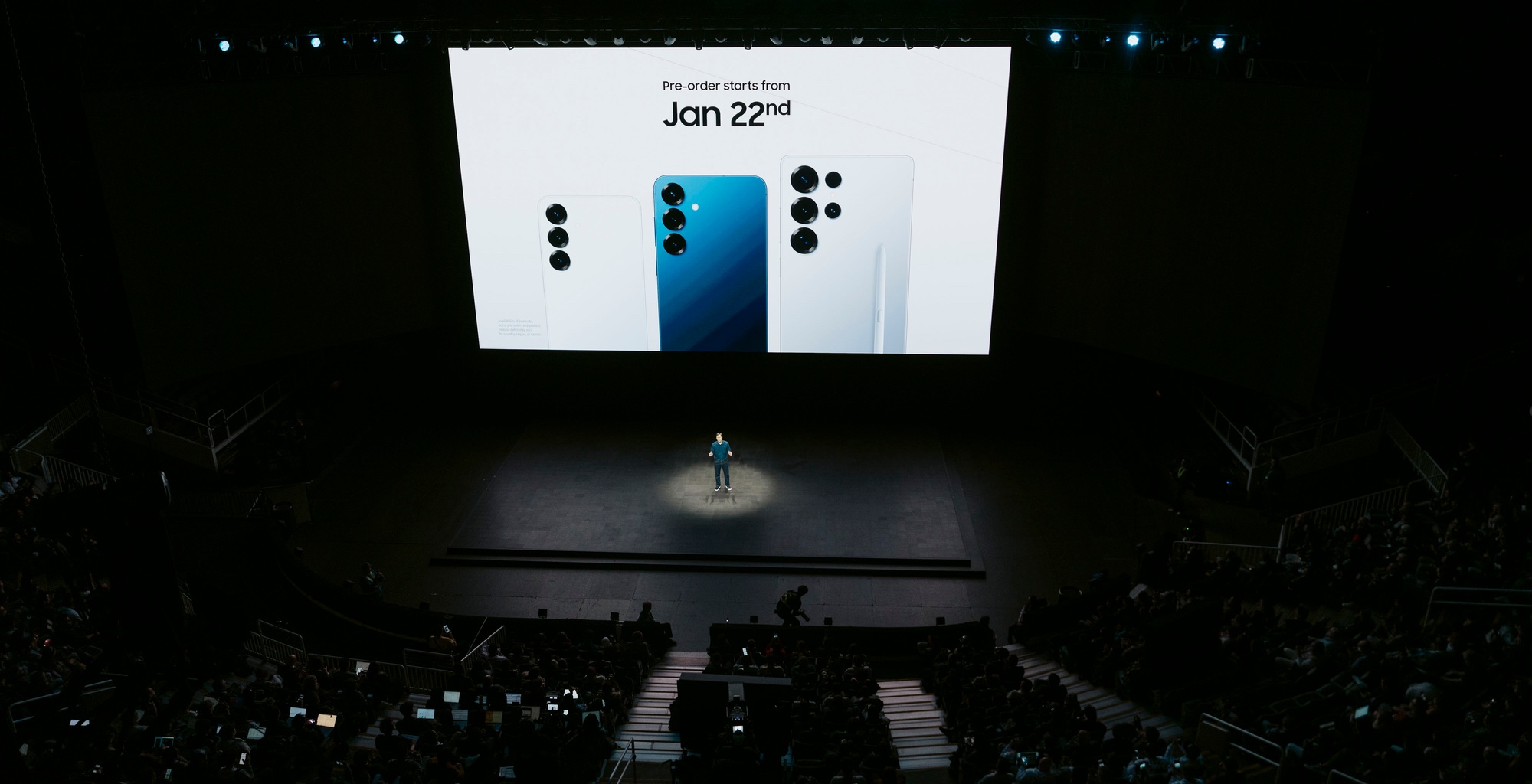
I've been covering Apple long enough to know that when a rival company is introducing a new product right in Apple's wheelhouse, there's nobody sitting around in Cupertino furiously scribbling notes. Apple has its own way of doing things, even when the rival product in question is something like the new Galaxy S25 Ultra that's claimed the top spot in our best phones rankings.
Apple is in the process of developing its own phone releases for this year, first the iPhone SE 4 at some point in the very near future followed by the iPhone 17 lineup later this fall. And I'm pretty positive that Apple's strategy has taken shape independent of anything Samsung brought to the table with its Galaxy S25 rollout.
Which is not to say that Apple shouldn't pay attention to what Samsung has done of late. Because there are lessons to be learned, both good and bad, from the Galaxy S25 launch, and figuring out what those are could make for more successful iPhone debuts throughout 2025.
With the latest Galaxy S25 models now on sale, here's a few noteworthy things I've spotted surrounding Samsung's new phones and the lessons Apple could apply to this year's iPhone releases.
One big improvement can cover a lot of ground
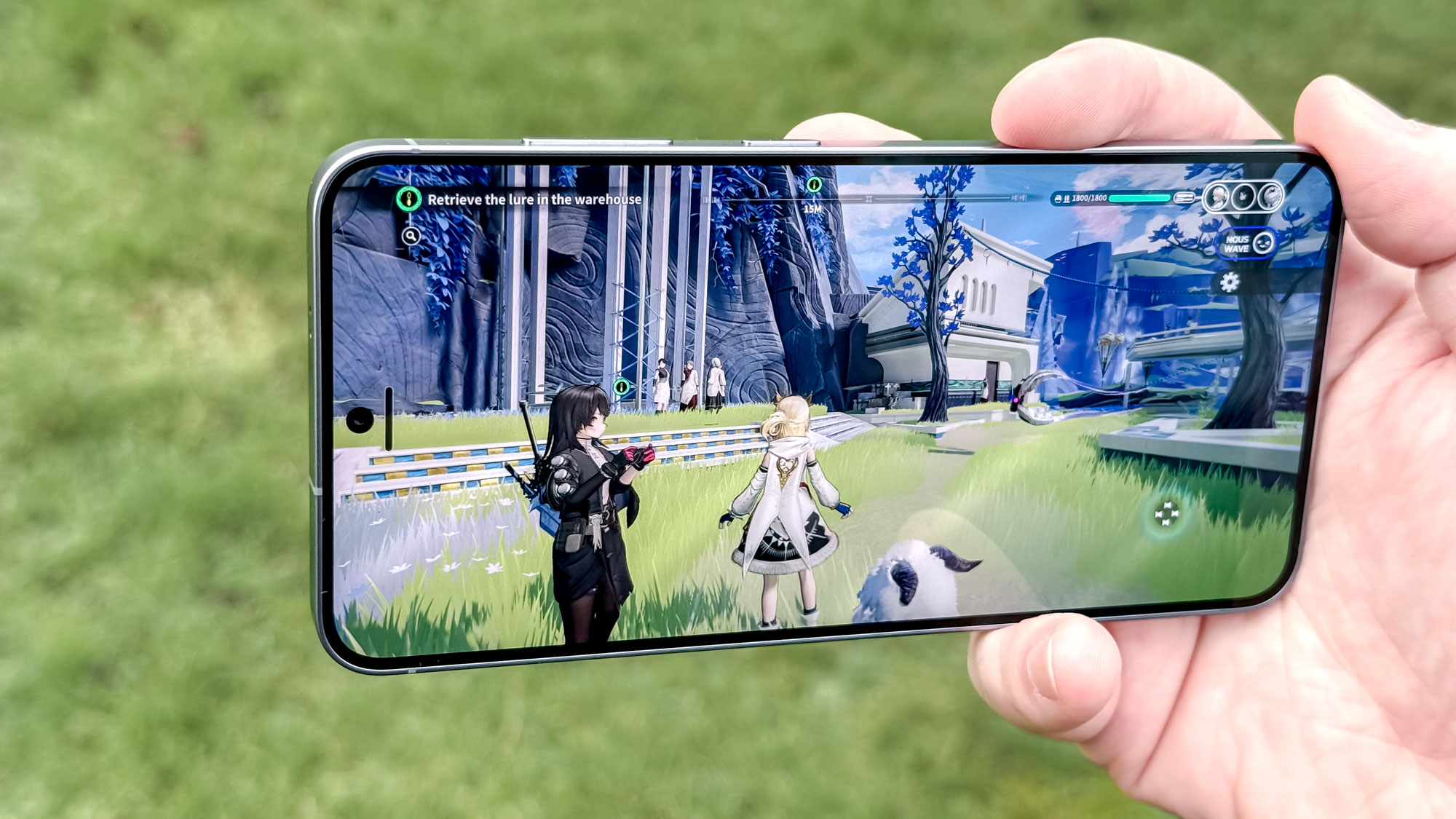
We're a long way from the days when an annual smartphone update can bring revolutionary hardware improvements over the previous models. Phones have reached the point where most changes are pretty modest and aimed more at convincing people holding onto much older devices to upgrade. So you need to pick your spots.
Samsung certainly did with the Snapdragon 8 Elite system-on-chip that powers every model in the S25 lineup. Not only does the chipset deliver notable performance gains year-over-year, the Snapdragon 8 Elite also has the neural engine to support more on-device AI features. And Qualcomm's silicon uses better power management features to push all three models to better results on our battery tests — even though battery sizes haven't changed from the comparable Galaxy S24 models.
Apple finds itself in a similar boat with the iPhone, as it's made nearly all the significant hardware changes current technologies and form factors allow. The A19 system-on-chip likely to feature in the iPhone 17 takes on an oversized role for that reason, as Apple will be counting on it to not just improve performance but also how long its phones can last on a charge.
There's some encouraging news on that front, at least. While the next iPhone chipsets may not be built on a 2-nanometer process, which would mean better power and efficiency compared to the 3nm A18 silicon, reports claim that the A19 may use a next-generation 3nm process that would deliver the kind of improvements you want to see from a new phone.
Cameras don't need big changes, just the right ones
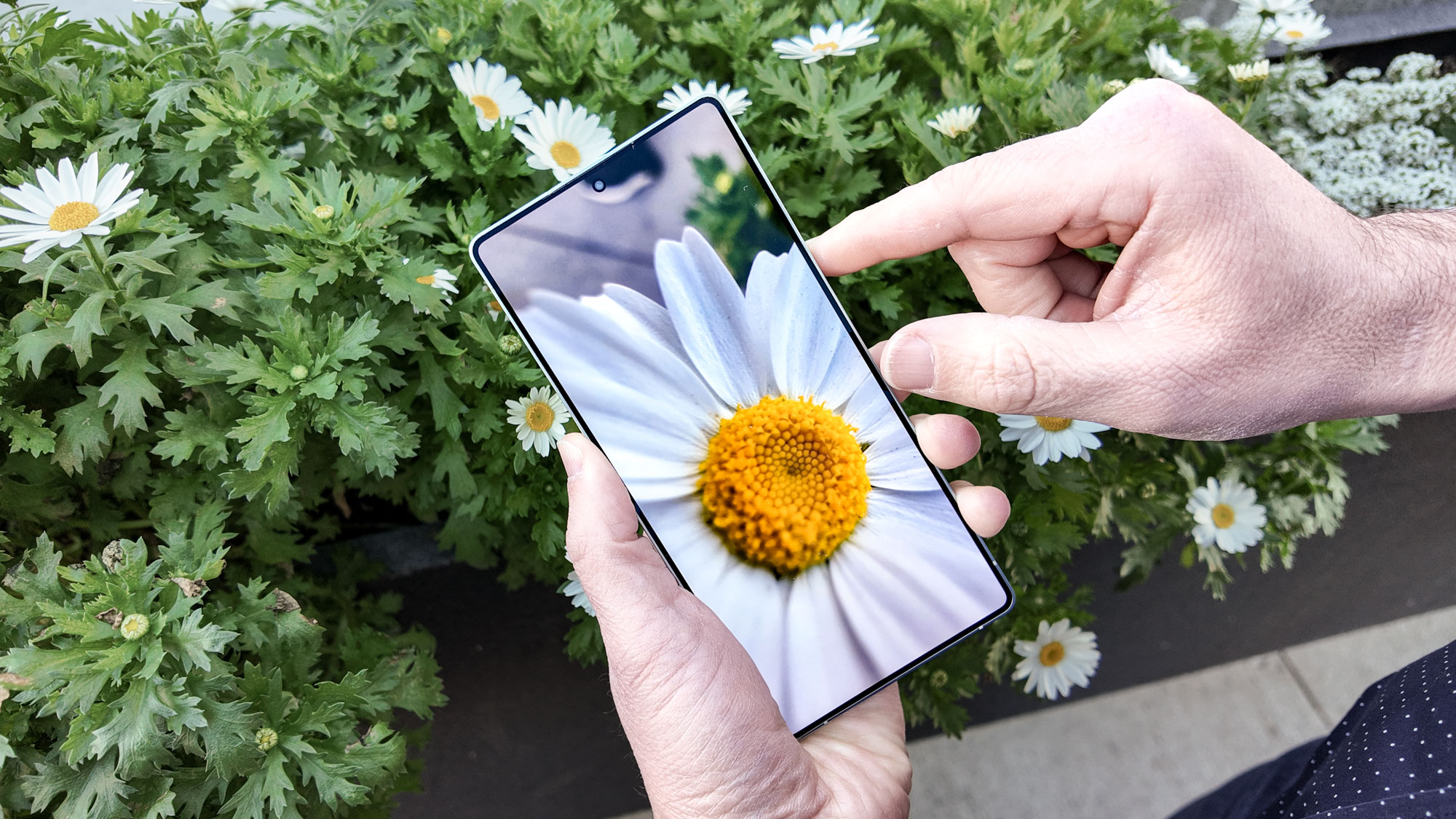
On paper, there's not much difference between the camera setup on the Galaxy S25 models and their immediate predecessors. The Galaxy Ultra may have gotten an upgraded ultrawide camera sensor, but the Galaxy S25 and Galaxy S25 Plus are essentially using the same camera hardware dating back to the Galaxy S23. So why do the pictures shot by the new phones look so much better to my eye?
My guess is the improved ProVisual Engine is doing a lot of heavy lifting for the Galaxy S25 image processing. Certainly, the new phones take a more natural tack toward color after occasionally over-saturating images in the past. That makes these new Samsung offerings far more competitive with the best camera phones — check out how close the 200-photo face-off between the iPhone 16 Pro Max and Galaxy S25 Ultra turned out.
Apple has a track record of making software and image-processing improvements that have an outsized impact on photo quality. You need only consider past additions to the iPhone's camera repertoire like Smart HDR for maintaining colors and details even in shadow and the Photonic Engine for improving low-light performance. Surely, Apple can turn to similar capabilities to turn out better shots with the iPhone, especially with rumored hardware improvements for the iPhone 17 not really emerging as of yet.
If you're going to support a feature, actually support it
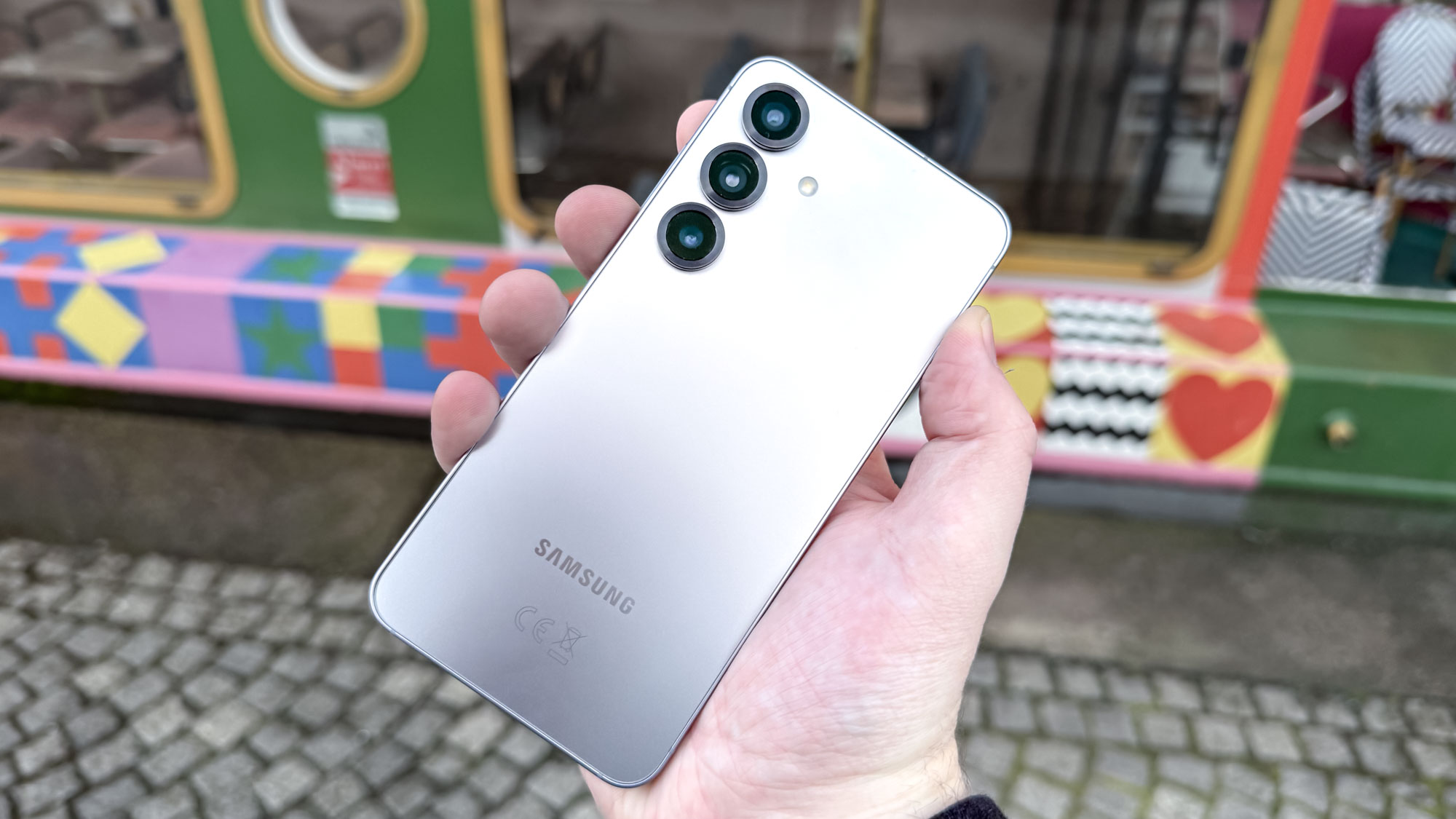
We've focused on the positive thus far with the Galaxy S25, but there's something about this release that I wasn't as impressed with. Samsung added Qi2 wireless charging support, which is supposed to bring faster speeds and better connectivity with wireless charging pads. But since the Galaxy S25 models lack the needed magnets on their back panel, the only way you enjoy the benefits of Qi2 support is by making sure you buy a compatible case.
That's a half-hearted way of going about things.
Then again, if you want half-hearted, look no further than Apple's switch to USB-C, apparently done solely with the iPhone 15 launch to satisfy EU requirements about standard charging interfaces on mobile devices. Both the iPhone 15 and iPhone 16 releases skipped any other benefit that USB-C might offer, such as faster charging speeds. And I'm not exactly holding my breath that the iPhone 17 will speed things up either.
But really, it should, at least if Apple is serious about making its new phones stand out from older models. iPhone charging speeds have been locked at the same rate for so long if there's a way for Apple to increase those, it needs to, if for no other reason than to show its customers that it's willing to find a way to deliver an added benefit.
Phone launches are about selling software these days
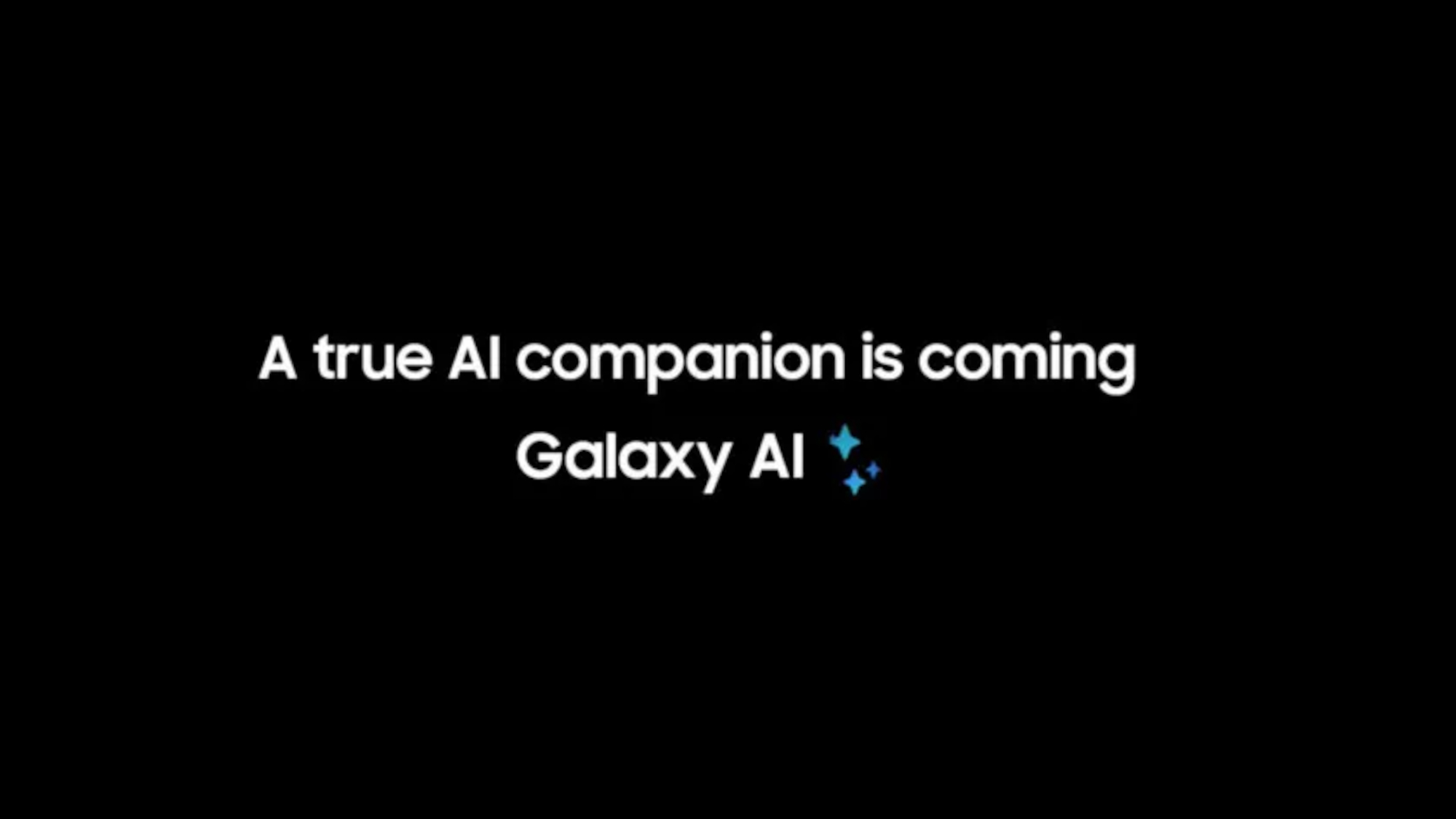
If the first three lessons didn't convince you that there's only so many hardware improvements to be made to smartphones these days, then the point should really get driven home if you go back and look what Samsung focused on during the Galaxy Unpacked event that brought us the Galaxy S25 lineup. Samsung seemed to spend as much time on software features as it did on hardware changes, and for good reason — the new Galaxy AI features are really the reason to upgrade to Samsung's latest devices.
I've already written that I think Apple would make a mistake by quietly launching the iPhone SE 4 without highlighting the Apple Intelligence features that phone should be able to run. Come the fall, when Apple does hold an iPhone launch event, I'm sure this year's updates to Apple's AI tools will be a big part of the story. But I think it should be the story, with Apple focusing on just what the new Apple Intelligence features allow you to do and why anyone with a phone that doesn't support them should be looking to upgrade.
Hold the line on prices
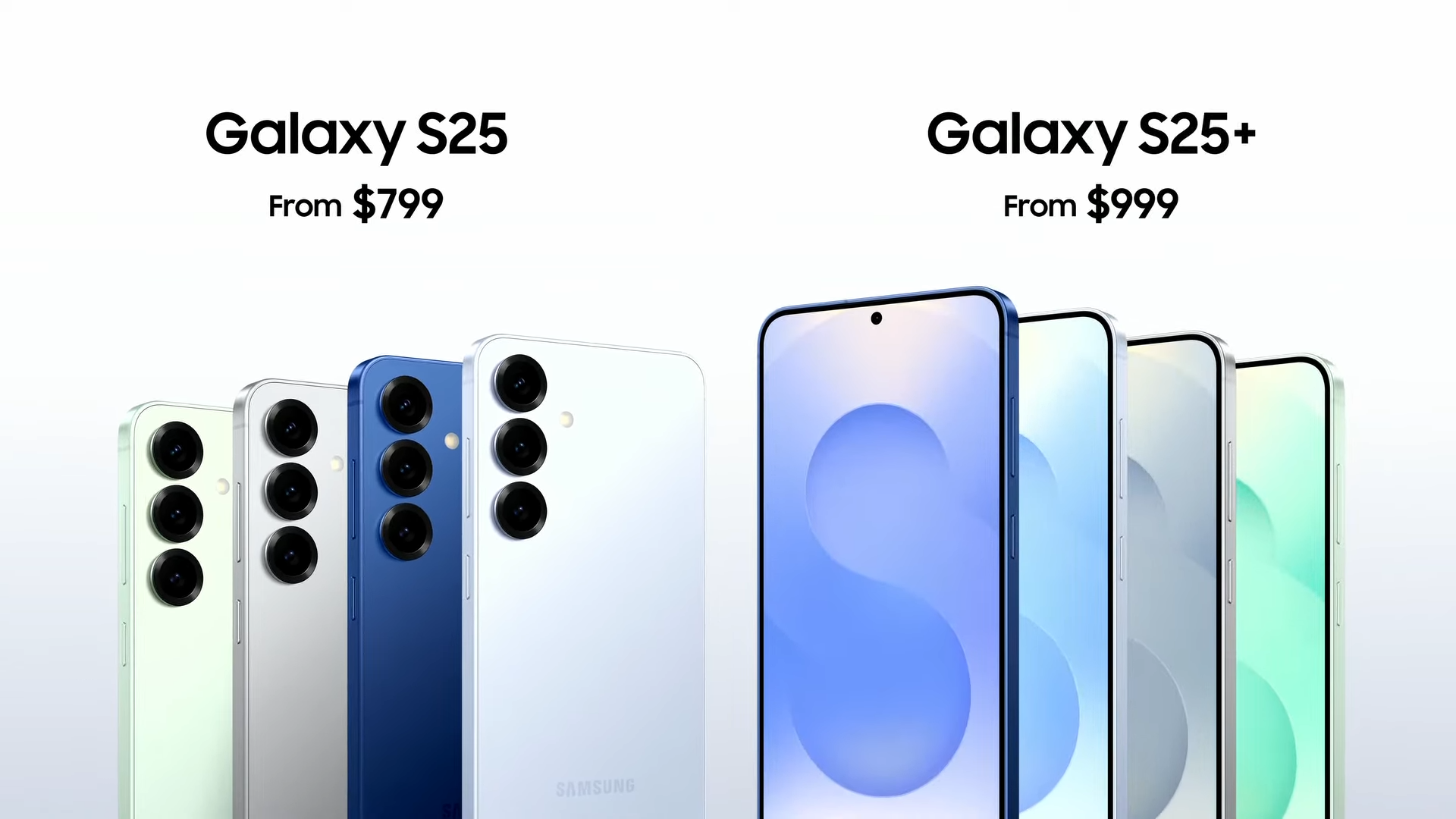
I happen to think the Galaxy S25 and Galaxy S25 Ultra in particular are solid updates. helped out tremendously by the AI additions Samsung made. However, you might be disappointed by the lack of major hardware improvements over recent Galaxy S models, and I wouldn't dismiss your critique out of hand. But just imagine how put off you would have been had Samsung raised prices from what it charged for the Galaxy S24.
Fortunately, that's not a scenario we have to worry about. The Galaxy S25 continues to start at $799 and Samsung deals let you save on all three models. If that didn't earn Samsung some goodwill — and I think it should — it at least headed off any discontent.
Will Apple be able to thread the needle of updates-vs.-price-hikes so deftly? There's a rumor that the iPhone SE 4 price might tick up from the $429 Apple charges for the iPhone SE 2022, but considering the amount of rumored changes, that's not likely to produce much grumbling. The same may not be true of the iPhone 17 lineup, though, if the rumored changes don't impress.
A very preliminary rumor claims that iPhone 17 prices may go up in the fall, though to be fair, we hear a claim like that every year without the price hikes ever materializing. Apple would be well-advised to look at what Samsung just did with the Galaxy S25 pricing and take note of the relative lack of backlash about the new models.
More from Tom's Guide
- Samsung Galaxy S25 vs. iPhone 16: Which phone will win?
- Samsung Galaxy S25 Edge: Everything we know so far
- iPhone SE 4 vs. iPhone 17: Comparing the rumored specs
Sign up to get the BEST of Tom's Guide direct to your inbox.
Get instant access to breaking news, the hottest reviews, great deals and helpful tips.
Philip Michaels is a Managing Editor at Tom's Guide. He's been covering personal technology since 1999 and was in the building when Steve Jobs showed off the iPhone for the first time. He's been evaluating smartphones since that first iPhone debuted in 2007, and he's been following phone carriers and smartphone plans since 2015. He has strong opinions about Apple, the Oakland Athletics, old movies and proper butchery techniques. Follow him at @PhilipMichaels.
You must confirm your public display name before commenting
Please logout and then login again, you will then be prompted to enter your display name.
